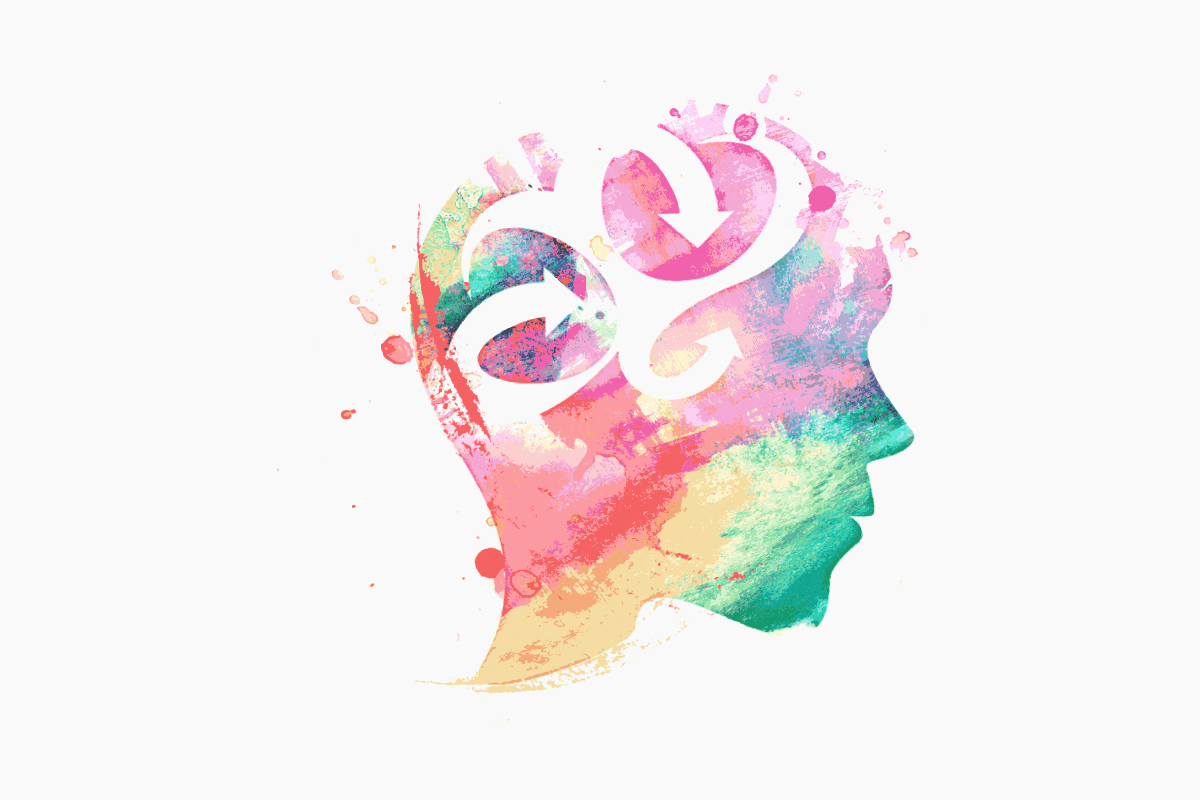
Questions to Ask When Creating Meaning-Making Experiences for Teens
Teens are uniquely wired to learn. Meaning-making experiences meet them where they are, offering pathways for them to experiment, explore, and construct new understandings safely.
Knowledge is personal. Learning happens in context.
As mirrors, makers, and conduits of life, our brains are influenced by our surroundings. What we know reflects the sum of our past experiences in the settings we've navigated. What we learn rests on how we integrate new discoveries with what we already know. We construct novel understandings as we work to make sense of what we learn — to make meaning of it.
This psychological process, termed meaning-making, is an active one that uniquely meets the needs and strengths of the magnificence of the teen brain. Research shows that when encouraged in educational settings, meaning-making nourishes the developing brain, maximizing learning for teens.. For everyone working in teen-serving spaces and settings, then, the design challenge is to create more experiences that enable discovery, ones that prompt the construction of knowledge rather than the passive acceptance of it. [1]
WHAT MEANING-MAKING EXPERIENCES DO FOR THE TEEN BRAIN
For teens, meaning-making experiences are psychologically nurturing. They are also formative experiences for teens because of how they uniquely respond to the activity and changing connectivity of their growing brains. As myelin (or white matter) increases in the frontal lobe (the brain's command center) throughout adolescence, the neurons in teens' brains form new connections, optimizing how information is communicated and how quickly it gets processed. This strengthened neurocircuitry supports an enhanced ability to troubleshoot, problem-solve, multitask, and turn what young people think, feel, see, hear, taste, and experience into wisdom. [2] The brain's emotional centers in the limbic system also develop during this period of neurological change, prompting a hypersensitivity to risk and reward, and a tendency to react quickly in response to surroundings. [3]
Teachers and students share reflections on the meaning-making experience in iThrive Curriculum: Museum of Me, a game-based learning curricular unit designed for 11th and 12th-grade classrooms.
Meaning-making experiences meet teens where they are developmentally by creating the settings for teens to safely engage in identity exploration, novelty seeking, and other behaviors that accompany this time of rapid brain maturation.
DESIGNING MEANING-MAKING EXPERIENCES AND ENVIRONMENTS
At iThrive Games, we know teens' personal interpretations, including their emotions, are pedagogically significant. We value their interpretations, and our co-design experiences leverage and expand them. From our iThrive Sim role-playing games developed with museums and government institutions to the downloadable game-based curricular units we've co-authored with educators, the meaning-making experiences we create with our clients and partners are intentionally designed to build social and emotional skills vital to teen thriving.
We ask ourselves four fundamental questions when engineering meaning-making experiences for teens. We encourage others who are designing meaning-making experiences to ask these as well.
WHAT WILL LEARNER ACCOUNTABILITY LOOK LIKE?
Creating optimal pathways for learner-generated understandings means there will need to be multiple methods to demonstrate learning. True to Universal Design for Learning (UDL) principles, we design meaning-making experiences that place as much importance on the process of learning as the demonstration of learning. We invite teens to exercise their need for agency as they make choices in how they express and reflect on their learning.
WHAT OPPORTUNITIES ARE THERE FOR INTERACTIVE AND/OR INQUIRY-BASED LEARNING?
Hands-on activities that present wicked challenges, create dissonance, and support experimentation in teen learners help create meaning-making experiences for them that enable real-world applications.
HOW ARE KNOWLEDGE AND AUTHORITY SHARED?
Meaning-making experiences often shift the power dynamics traditionally seen in educational settings where teens learn "from" rather than alongside teachers. Deliberate norm-setting discussions, like the ones included as Pre-Sim activities in our iThrive Sim curricular surrounds, support turning the teacher's role from a directive one to an interactive and facilitative one where learners' questions and interests are elevated, and learners direct their learning.
HOW DOES EMOTION SURFACE IN THE LEARNING PROCESS, AND HOW DOES IT ENRICH IT?
Because emotions substantially influence cognitive tasks like perception, regulation, recollection, reasoning, and problem-solving, they also guide meaning-making. Embodied activities, like playful ones that enlist the body and mind in the learning process, use emotion to maximize meaning-making experiences, enriching them with opportunities to sharpen teens' social and emotional skills.
The wondrous changes that occur in the teen brain uniquely wire young people for learning, and meaning-making experiences help add to this magnificence. Our duty as adults who care about positive teen development is to connect young people to meaning-making experiences along with other preventive and protective tools that serve their wellness and thriving.
Get actionable insights, resource-rich tips, and updates on our work partnering across sectors to design experiences for teen learning and wellness by signing up for our monthly newsletter and following us on LinkedIn!
References
[1] Elliott, S.N., Kratochwill, T.R., Littlefield Cook, J. & Travers, J. (2000). Educational psychology: Effective teaching, effective learning (3rd ed.). Boston, MA: McGraw-Hill College.
[2] Arain, M., Haque, M., Johal, L., Mathur, P., Nel, W., Rais, A., Sandhu, R., & Sharma, S. (2013). Maturation of the Adolescent Brain. Saint James School of Medicine, Kralendijk, Bonaire, The Netherlands: Dove Medical Press Ltd. Neuropsychiatric disease and treatment, 9, 449-461. https://www.ncbi.nlm.nih.gov/pmc/articles/PMC3621648/
[3] Giedd, J.N., Blumenthal, J., Jeffries, N.O., Castellanos, F.X., Liu, H., Zijdenbos, A., Paus, T., Evans, A.C., & Rapoport, J.L. (1999). Brain development during childhood and adolescence: a longitudinal MRI study. Nature neuroscience, 2(10), 861-863. https://pubmed.ncbi.nlm.nih.gov/10491603/


